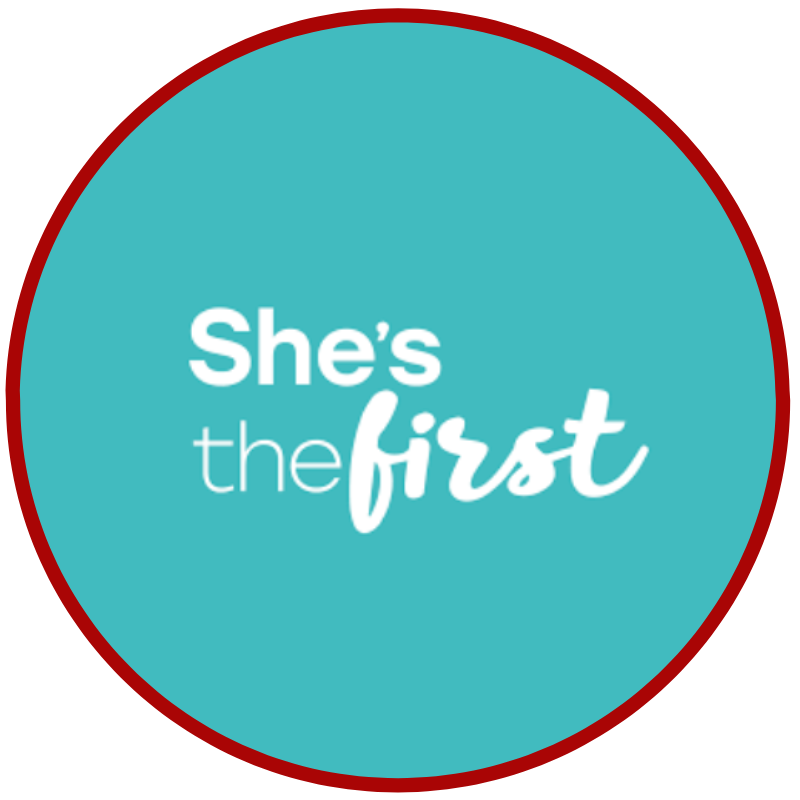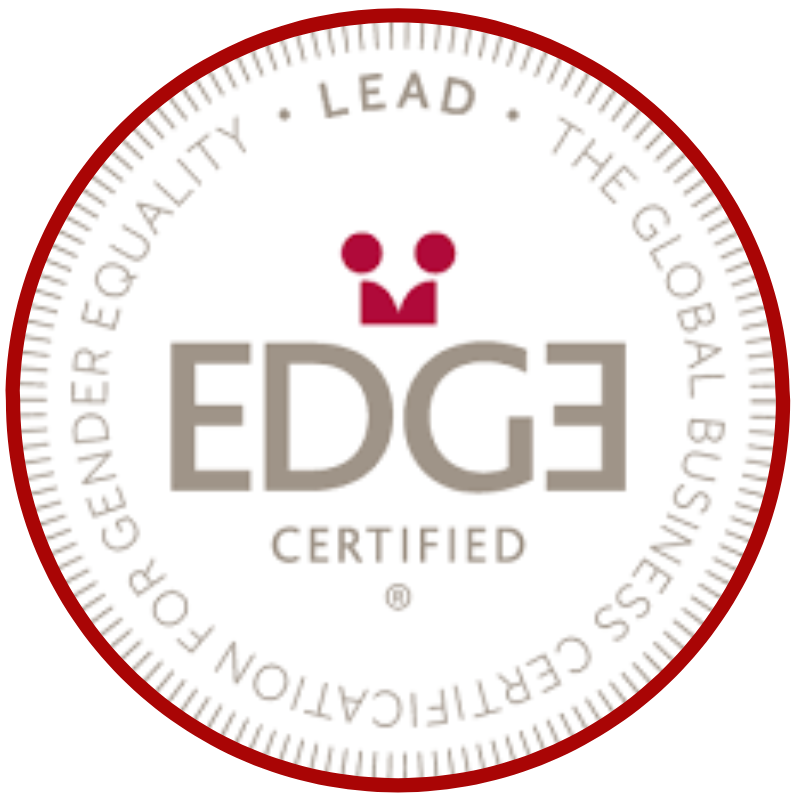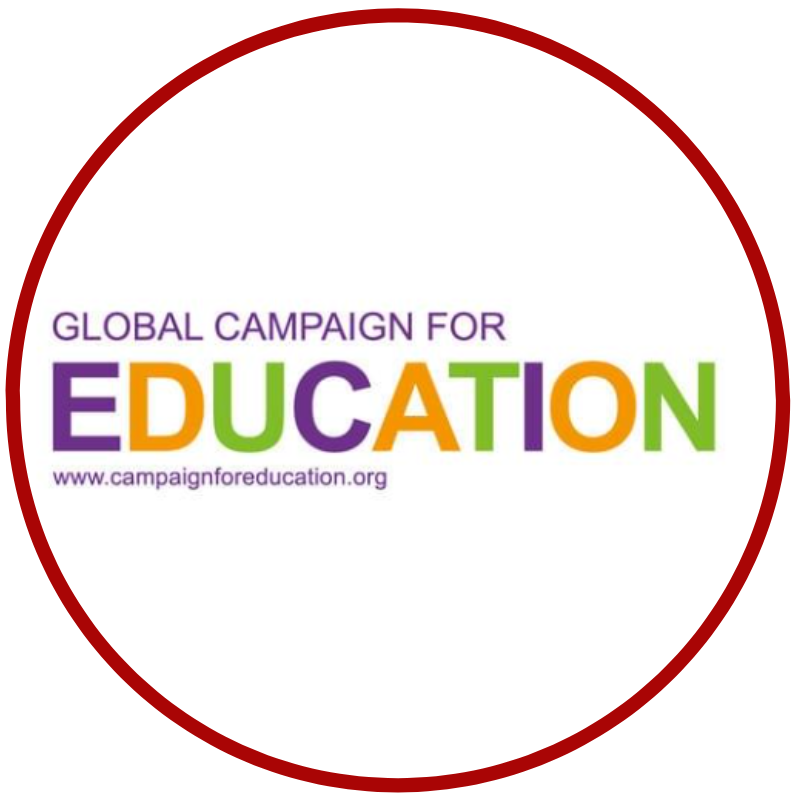 GUEST POST BY LAUREN SUPINA FARBER
GUEST POST BY LAUREN SUPINA FARBER
On Monday I had the opportunity to attend a panel discussion covering the World Economic Forum Global Gender Gap Report 2011. The reports tracks the global gender gap and addresses with women and menchallenges and opportunities in narrowing gender gaps around the world.
When we think of inequalities so many things come to mind and it often depends on what area of the world youre considering. Health care in Africa, earnings in developed countries and education in many developing nations. The World Economic Forum has sifted through data on economics, politics, education and health-care and ranked countries according to the gap between women and men. This is no easy task but one that is critical for understanding not just how well a society ranks on a certain issue but how they treat women versus men.
Saadia Zahidi, Head of Constituents at the World Economic Forum and co-author of the report since 2006, was quick to remind audience members that the report covers gaps and ranks countries accordingly. This is an index of how different men are from women and not where a country falls overall. That is to say that a country where both men and women have equal degrees of education, even if they are low levels of education, will rank better than a country with higher education levels but a larger gap between women and men.
The top four countries (Iceland, Norway, Finland and Sweden) are considered Nordic Nirvana where they obtain high rankings in all areas.
Panelists on Monday discussed the four tiers that countries could fall into:
1) Countries that have successfully closed the health and education gender gaps (Nordic Nirvana) by investing heavily in women.
2) Countries that have made health and education investments but significant gaps remain within economic gender areas (Brazil, Japan)
3) Countries that have not made health or education investments but have established quotas (Burundi, Pakistan, India)
4) Countries that have made neither investments or quotas (Yemen, Mali, Chad)
I immediately wanted to know where the United States ranked and found us 17th overall. We are sixth in economic participation and first in educational attainment. But we all know how much we struggle to support women and families and women in politicswe ranked 39th in both.
As with most issues, there is much work to be done. But we are all thankful that The World Economic Forum and the Council of Women World Leaders has undertaken the heroic task of tracking where we stand on gender gap issues today so we can chart a path for a more equal tomorrow.





